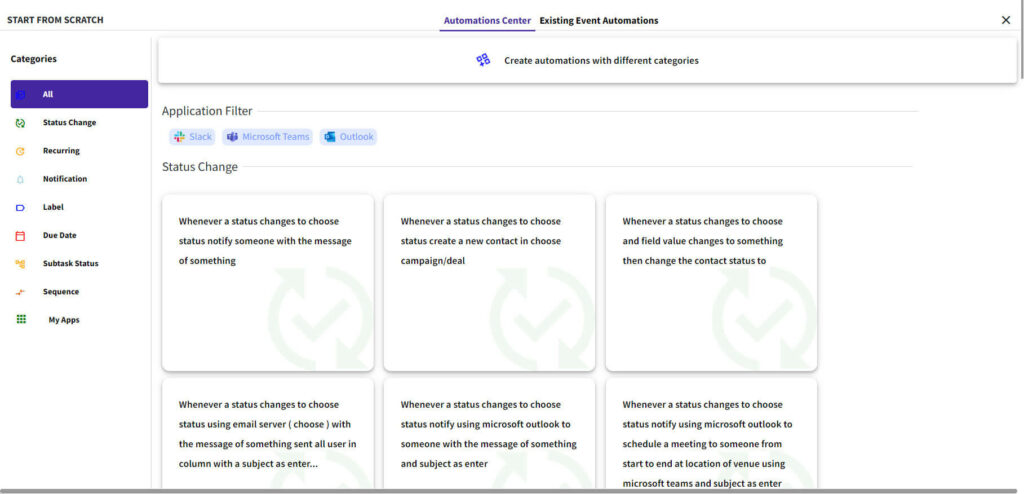In this article, you will find out the exact definition.
Table of Contents
Automation vs. Hyperautomation
What is Hyperautomation?
Hyperautomation is a term used to describe a business process automation beyond traditional automation technologies and methods. Hyperautomation may be categorized as either full or partial automation.
Full hyperautomation refers to processes where all required steps in a process are fully automated, including data capture, decision making, and execution. Partial hyperautomation refers to processes where only some of the steps in a process are automated, leaving other steps to be performed by human operators.
Hyperautomation technology offers even more benefits, including decreased time spent on repetitive tasks, increased speed and accuracy, and increased safety and security.
Hyperautomation has several benefits over traditional automated processes. It can be more efficient and accurate because it eliminates the need for human error. Hyperautomation can also be more flexible and responsive because it can adapt to changing conditions faster than traditional automation technologies.
Key Characteristics of Hyperautomation vs Automation
Below are key characteristics of automation and hyperautomation:
- Automation is typically used to reduce manual tasks.
- Hyperautomation is more effective when it can automate complex, time-consuming tasks.
- Automation can be used to improve efficiency in various settings, such as manufacturing, service industries, and offices.
- Hyperautomation can be used to increase the accuracy, speed, and quality of tasks.
Things to Consider When Choosing an Automation or Hyperautomation Solution
Here are some things to consider when choosing an automation or hyperautomation solution:
- What type of automation do you need?
- How much functionality do you need?
- What platforms do you need support on?
- How much flexibility do you need in implementing the automation?

Benefits of Automation
Some of the key benefits of automation include:
- A reduction in labor costs: Automation dramatically cuts down on the number of workers needed to complete a task, leading to cost savings.
- Faster turnaround times: With automated processes in place, tasks can be completed faster than manual processes. It results in improved customer service and shorter lead times.
- Reduced errors: Automation helps prevent errors from occurring in the first place, leading to improved accuracy and quality of output.
- Increased security: With automated systems in place, data is protected from unauthorized access and tampering.
- Enhanced compliance: Automation can help organizations comply with regulatory requirements more easily and efficiently.
Benefits of Hyperautomation
Hyperautomation is the use of automation to achieve extraordinary levels of efficiency and accuracy.
Some of the key benefits of hyperautomation include:
- Improvement in accuracy and consistency
- Reduction in time spent on tasks
- Improved safety and productivity
- Increased efficiency and profitability
How to Gain from Automation and Hyperautomation in 2023
Hyperautomation is when machines can autonomously learn and improve over time. It allows them to perform more complex tasks faster and with fewer errors.
The benefits of hyperautomation are wide-ranging. For example, hyperautomated systems can improve worker safety by removing the need for human error. They can also reduce costs and speed up the process of manufacturing products.
Summing up
The main difference between automation vs hyperautomation is that automation allows specific tasks to be executed with pre-set parameter, while hyperautomation allows machines to run autonomously and make decisions independently. Both have their pros and cons, but ultimately the decision comes down to what would be best for the business.




